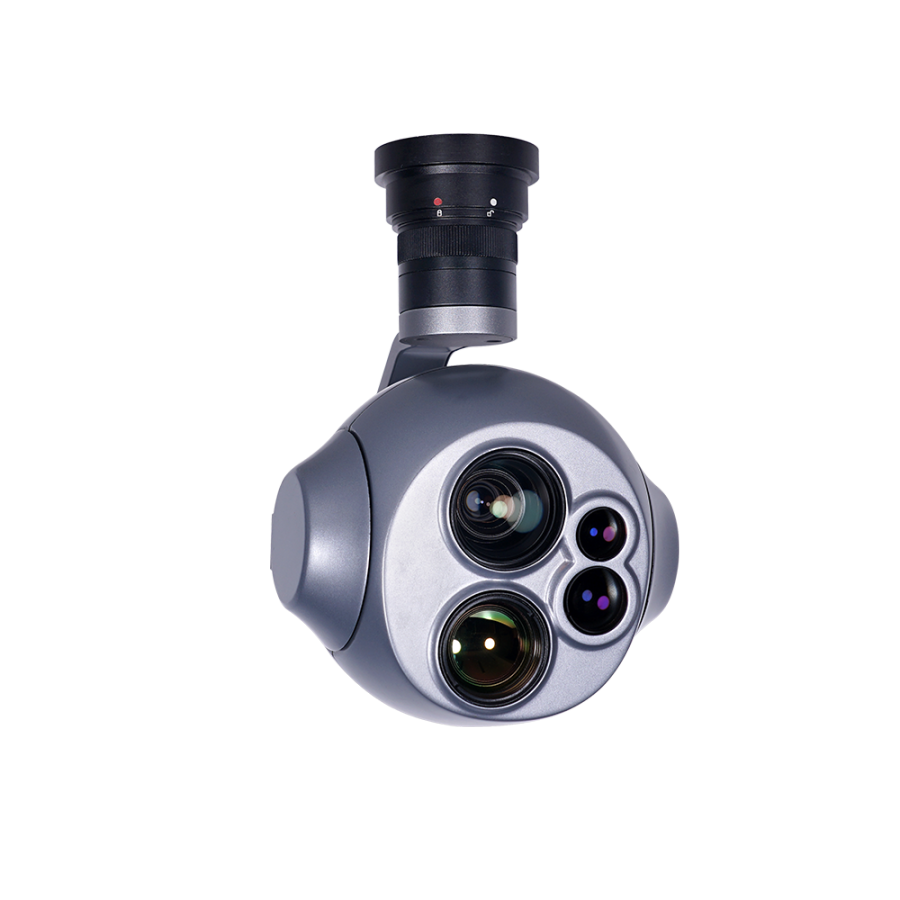Drone cameras

Benefits of Auto Tracking for PTZ Cameras
Benefits of Auto Tracking for PTZ Cameras
A PTZ camera with an auto tracking feature can be an excellent addition to your home security system. These cameras automatically record everything within a wide field of view, so you'll have more time to understand what happened. In addition, they can be set to ignore certain types of motion, like squirrels. If you're not worried about being followed, though, auto tracking technology can help you monitor people and cars from a safe distance. In this article, we'll explore some of the benefits of auto tracking.
Auto-tracking isn't a substitute for human operators, it's an aid to them. This technology is presented by the surveillance industry as the perfect solution for many problems, which in turn leads to false expectations regarding coverage and cost. The truth is that auto tracking has the lowest overall satisfaction rate of all the surveillance technologies. Those who choose to invest in auto tracking should consider the costs and benefits before making the purchase. You'll be glad you did!
Panasonic PTZ cameras can be used as wide-angle cameras, and require an integrated camera with a software application that supports automatic tracking. The software does not use face recognition as a tracking method, but does offer an intuitive interface for tracking adjustments. Other features include masking, limiters, sensitivity level adjustment, and a masking/disable zone. If you already own an AW-HE40 Series or AW-HE130W/K HD integrated camera, the Auto-Tracking Software is easy to install on a PC, server, or other PC. All of these cameras can connect to a PC or server. The software can be installed on a PC or server, which means that you don't have to install new sensors. This is a great cost savings as you can save on installation costs.
Auto tracking can be useful in many situations. For example, merging trackers allows you to create a tracker that covers a larger area of frames. Similarly, merging trackers in the same frame gives you the option to average their positions. If you need to merge multiple trackers, you can choose all of them and click "merge." You can also rename the individual trackers. By default, the trackers are named with a single number. You can rename them as you wish, but you can change this in the preferences dialog box.
A tracking window contains the image data to be tracked between frames. It has a rectangular search area, which shows the area searched for pixels that match the window. Ideally, the window's size is large enough to neatly surround typical image features. Otherwise, tracking can fail. There are a few other factors to consider when setting up a tracking window. You can choose a different tracking window resolution for a specific image type, if the object in the image is small.
After setting up your trackers, you can select an auto-tracking mode that's right for your needs. This mode generates candidate trackers for each frame of a clip. You can then choose the ones that you'd like to pass down the stream. There are two types of candidate trackers available - backwards tracking and forward tracking. Each of them has a different lifespan. A backwards tracking mode extends the life of the trackers.
0users like this.
